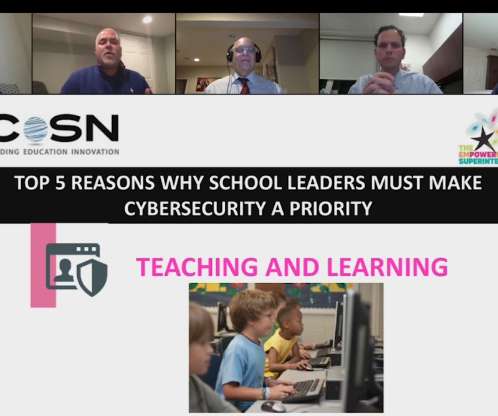A Tale of Two American Education Systems: An Edtech Investor’s Perspective
Edsurge
JUNE 18, 2020
She shares one computer with her family of five, lacks home internet access and uses a smartphone to connect online. According to the Code.org Advocacy Coalition , across 24 states, only 27 percent of schools serving low-income students offer computer science courses, compared to 41 percent of schools serving their high-income peers.



















Let's personalize your content